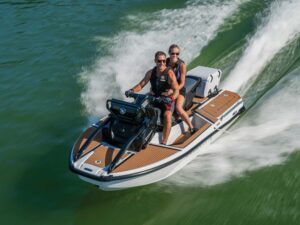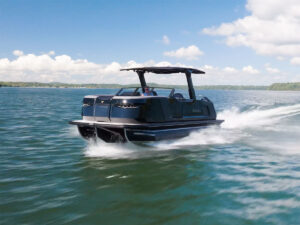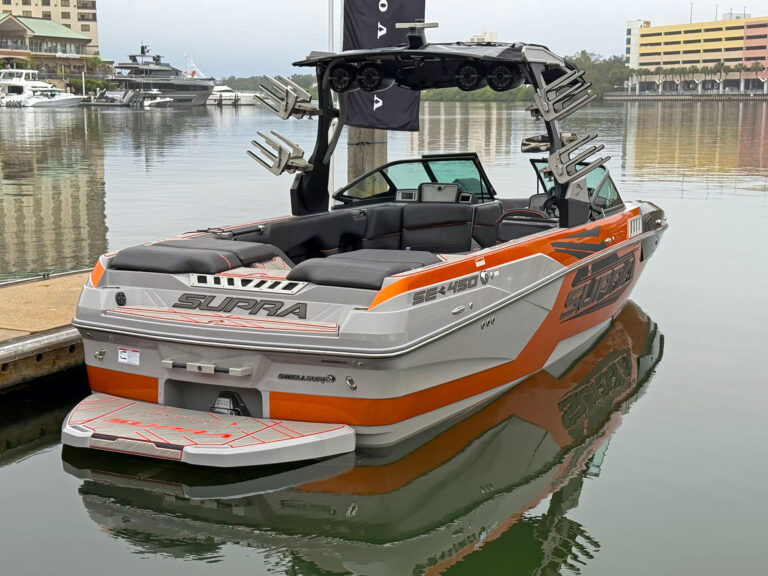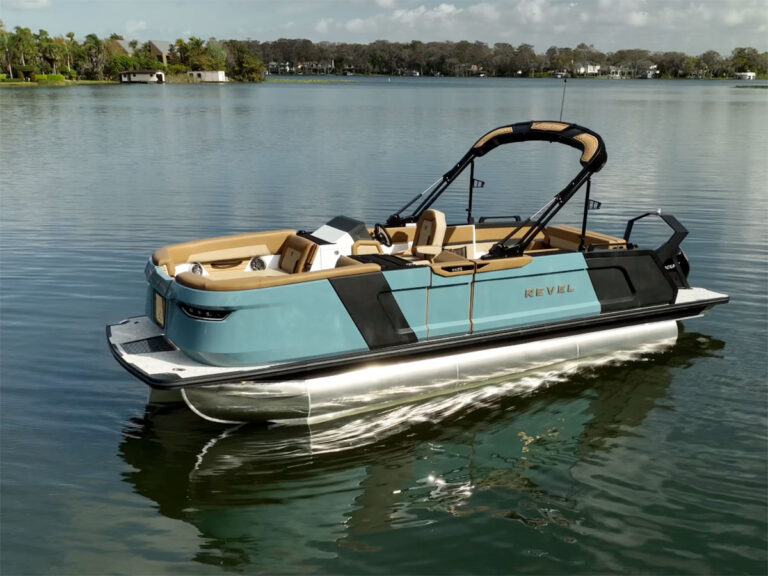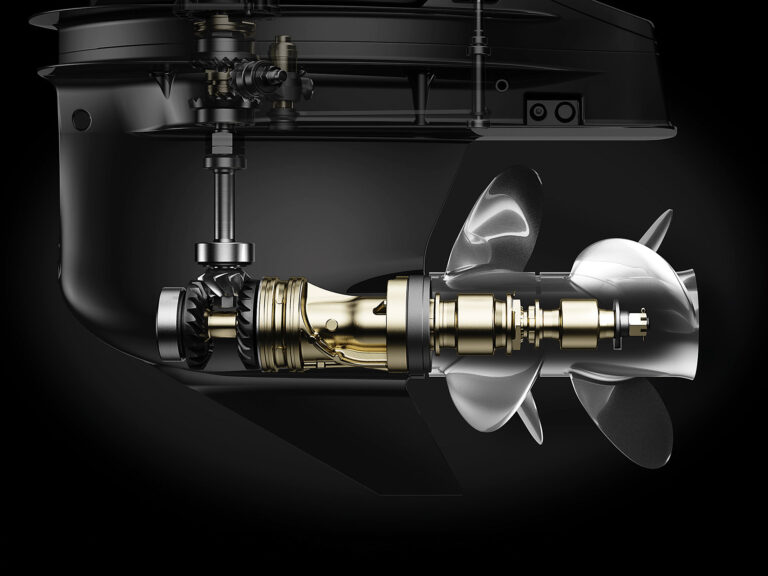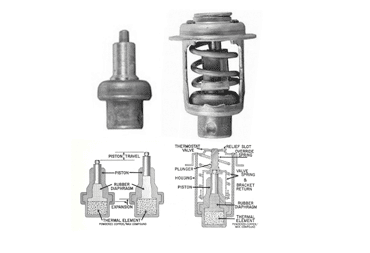
Thermostat
One of the least appreciated components of an outboard motor is the lowly thermostat. It is subject to constant temperature changes, corrosion, and water pressure along with mud, sand, and salt, yet is expected to last forever. Often mis-guided individuals remove it from the motor thinking it is either not needed or to just get by when an overheat condition is caused by a different part of the engine.
A thermostat regulates the temperature of the water for engine cooling and keeps pressure in the cooling system to facilitate heat transfer from the heads and the cylinder walls. Today’s emission regulations make the thermostat even more important for correct engine operation and depending how the laws are interpreted, may put you in violation by removing it or substituting one with a different rating. Today’s low-emission computer-controlled marine powerplants are dependent on thorough combustion for reduced exhaust emissions. That is made possible by having the proper engine temperatures and fuel mixtures.
The brain of a thermostat is a component called a vernatherm that is fastened inside the thermostat housing. Shown on left side of the illustration, this device has a piston that moves upward to open the thermostat valve at a pre-determined temperature. The vernatherm consists of brass housing with an internal chamber containing a mixture formulated to expand at a pre-determined temperature. A piston fits into the chamber sealed with a rubber diaphragm. As the waxy mixture expands from water heating up, it pushes upward on the piston attached to the bottom of the thermostat valve. This motion (about 1/8”) lifts the valve off its seat allowing hot water to flow through the open valve to exit the engine block.
At the same time the hot water is exiting, colder water enters the engine causing a cool-down effect. As the vernatherm senses the temperature reduction, the wax contracts and the return-spring moves the piston inwards to close the valve. As the water in the engine again heats up, the cycle is repeated. At steady speeds, the valve “floats” slightly open, increasing or decreasing the cooling water flow as needed to maintain an accurate engine temperature.
There is no way to adjust carburetors correctly, to troubleshoot poor idling characteristics, or to determine the cause of plug fouling without verifying the motor’s operating temperature first. Dash mounted gauges are not known for precision and only show the metal temperature surrounding the sending unit location. Computer-controlled engines with digital displays may indicate a more accurate cooling system reading. Otherwise the use of an infrared temperature gun is needed to determine the proper cylinder head temp, especially on outboards.
TOP 25 REASON’S YOUR BOAT’S ENGINE WON’T START
An accurate temperature reading cannot be obtained while running the motor on a flushing device. It has to be in the water for the water pump, relief valves, and thermostats to operate as they were designed. Consult the appropriate service manual for specifications and for more detailed testing and repair procedures. Be sure to exercise care and to observe safety precautions when in the proximity of a running motor.
At the specified maintenance intervals the thermostat(s) should be examined for corrosion, sticking, and for proper temperature regulation. In salt water or muddy water operation, more frequent inspections may be required. As a rule of thumb thermostats can be damaged from very high temperatures and replacing them after an engine overheat is recommended. A thermostat also provides water pressure for the block which is another reason never to leave one out of your engine. Keep an eye on the engine temperatures and service the cooling system regularly to avoid any temperature related misfortunes while out enjoying a day on the water.

